Orders are back but working conditions are not: firings and wage cuts in sourcing hubs
The employees of the manufacturing hubs in Asia are earning by 25% less than a year ago and many of them had to get into debt to survive.
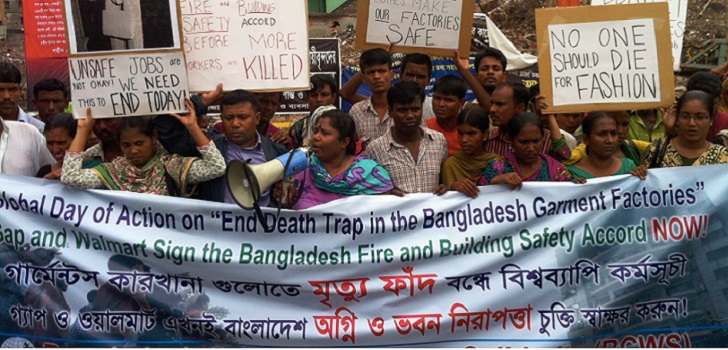
A year and a half after the pandemic irruption, the Asian manufacturers have been receiving orders again. However, everything has changed for its employees. A new report by Asia Floor Wage Alliance (Afwa), which represents manufacturing workers in Asia, denounces that nowadays their working conditions are worse and so they have had to get into debt to be able to eat.
“As brands adjusted their businesses to respond to the impact of the pandemic on their markets through predatory purchasing practices, suppliers were forced to take on production at even lower costs, accepting order fluctuations, lower prices and delayed payments, resulting in greater wage theft for garment workers over extended periods of time.” denounces the organization in their report called Money Heist.
Afwa interviewed 2,185 employees in 189 factories in six countries: Sri Lanka, Pakistan, Indonesia, India, Cambodia, and Bangladesh. The companies they work for produce for fifteen brands such as Inditex, Macy's, Levi Strauss, and H&M.
Bangladesh
Bangladesh, the second largest garment producer in the world, was one of the most affected by the pandemic. The fashion industry generates 11% of the country’s Gross Domestic Product (GDP) and 80% of exports, with 4.4 million workers.
The survey points to a 27% decrease of wages after the pandemic effects worldwide, although the fall was even deeper until the end of the year, reaching 60% in November and December, compared to January and February.
Almost all workers (a 99%) got into debt to afford food, housing or health services. A 28% of the ones who were fired have not found any other job yet. Moreover, most of the ones who lost their jobs have not received any kind of financial assistance.
Afwa also alerts about how the second wave of Covid-19 is worsening the situation of textile and garment employees. “The unions have been repeatedly raising complaints about the lack of implementation of health and safety protocols in the industry” goes the report.
“Wages in Bangladesh were cut by 27% due to pandemic”
Besides, the report recalls that the Agreement on Fire and Building Safety, which came into effect after the Rana Plaza disaster, but expired this year, has not been renewed, “renewing debates about corporate accountability in garment supply chains,” and adds “the consequence of these practices is disproportionately borne by workers, who are paid poverty-level wages for working in unsafe factories.”
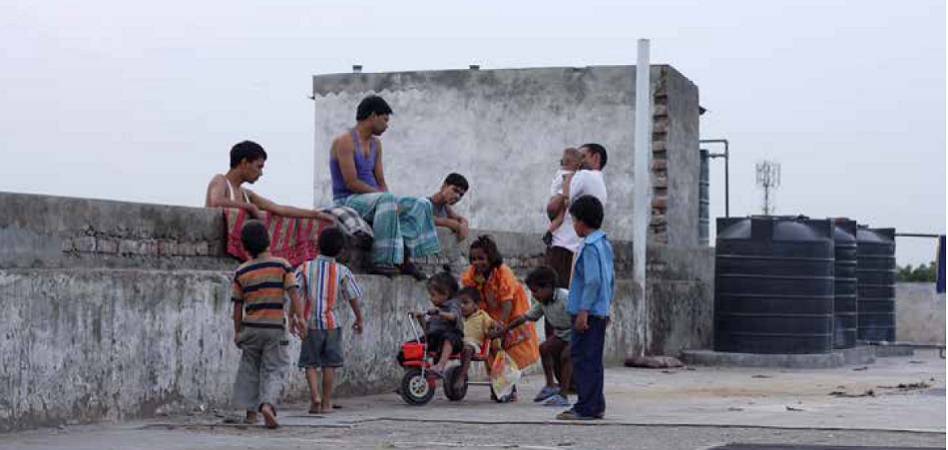
India
Textiles and garments are India’s second largest employer, only after agriculture, with 45 million direct and 60 million indirect employees. The country is still one of the most affected by Covid-19, which has led to the largest lockdowns in the world.
Between March and December, the average wage fell by 23% compared to January and March, and during the lockdown it fell by as much as 73%. In December, it was still 5% below pre-crisis levels.
To sum up, companies failed to pay 29.67 million dollars in wages and 5.3 million dollars in bonuses, which are essential to supplement wages below the minimum to survive.
Companies in India failed to pay wages of 29.67 million dollars
Besides, 88% of employees lost their jobs during the pandemic, a fact that more than doubled their debts. From 152 dollars per employee before the pandemic to 360 dollars in December.
Only 67% of employees had access to any kind of financial help. The report also warns about the impacts that this crisis can cause to workers in the mid-long term. Specially, since some of them are currently working despite the lockdown, but they are also afraid of a new wave of cancelled orders.
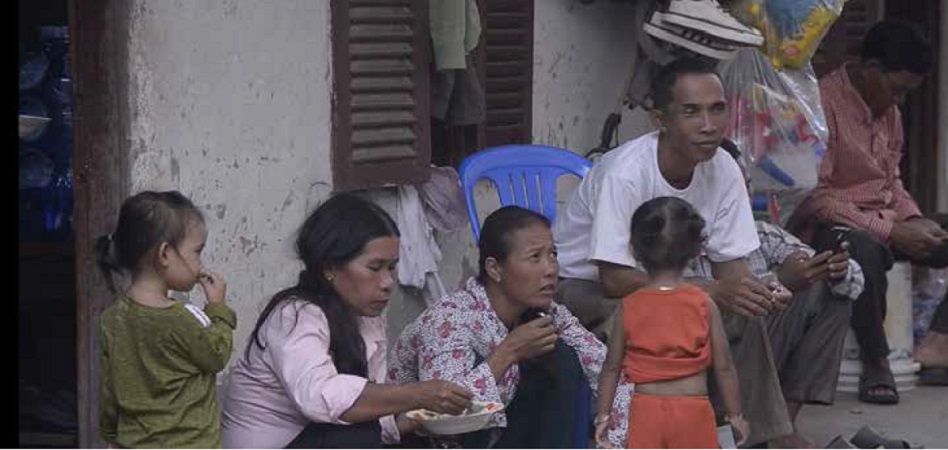
Cambodia
Cambodia is one of the few garment production hubs that had a relatively low Covid-19 infection rate. However, the country was affected by the disruption of value chains in China, where it sources raw materials, and the fall in consumption in the United States and the European Union.
This resulted in 73% of workers losing their jobs at some point during the pandemic and in wage cuts or temporary wage suspensions. In addition, the crisis increased inequality between men and women, enlarging the wage gap to 21% by the end of the year from 12% before the pandemic.
The first major Covid-19 outbreak in Cambodia was in February 2021, which resulted in a strict lockdown in April. Now, unlike in 2020, workers are not eligible for the 70 dollars a month assistance if they lose their job, although the Ministry of Labour has called on factories to “support workers with whatever aid were possible.”
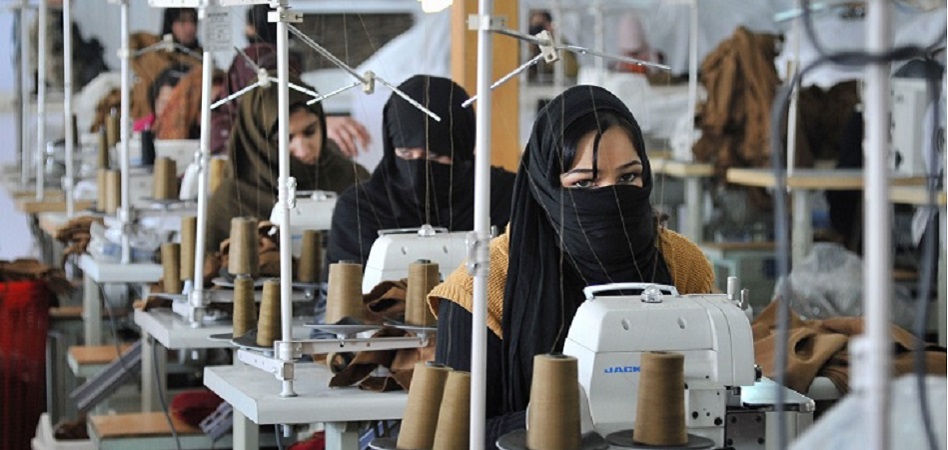
Pakistan
In Pakistan, the textile industry is the second largest employer of the country. It accounts for 8.5% of GDP and 70% of exports. The report notes that the country was one of the most affected by wage cuts, with a 29% decline in 2020, even so “exports declined by just 2%, as compared to 2019” it specifies.
Workers with an average of five years’ experience had no savings to last even a month without working, so 81% of them fell below the poverty line between March and May last year.
Unlike in the other production hubs, men are the majority in Pakistan’s garment factories, and although women have increased their presence in recent years, they tend to be hired on informal contracts, which results in many of them having not been rehired after the pandemic.
The amounts of the salaries have not been recovered yet either. in December wages were still 5% below pre-crisis levels. During the worst months of the pandemic, factories failed to pay 85.08 million dollars in wages due to order cancellations and failed payments by brands.
Unlike in other sourcing hubs, men are the majority in garments factories in Pakistan
Moreover, only 44% of the garment industry workers affirm they were eligible for any kind of financial help during the crisis, and in most cases the aids were food donations by NGOs.
The report also warns about the long-term impact of this crisis. “Most women garment workers who have been terminated are now working at extremely poorly paid jobs that roughly provide 2-3 USD per day, while those who were laid off and rehired are working more hours of unpaid overtime and suffering increased levels of verbal and mental harassment” claims the organization.
“Unlike in other garment-producing countries, our sample shows that a significant number of children of garment workers in Pakistan have been forced to drop out of schools and are engaged in menial jobs that pay 1-2 USD per day” it also states.
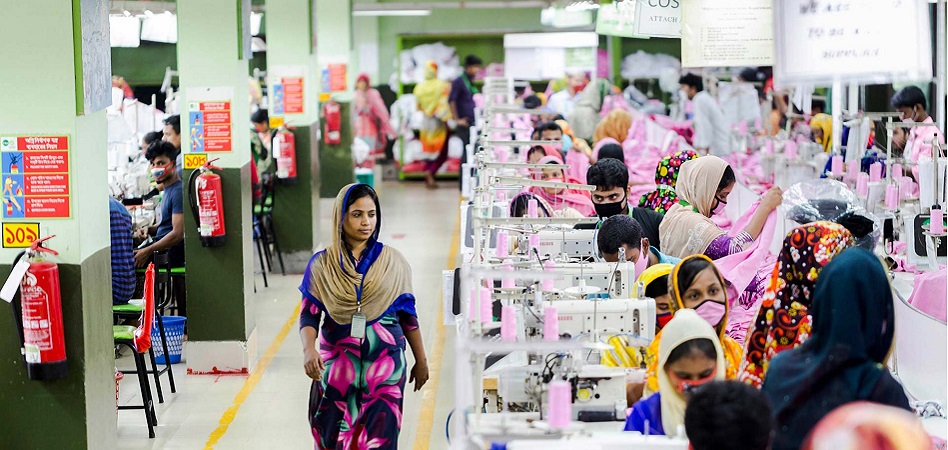
Sri Lanka
In Sri Lanka, the garment industry accounts for 7% of GDP, 46% of exports and 15% of employment, with more than 350,000 workers. Since the pandemic, 96% of employees have been fired at some point, 85% of whom did not receive any compensation. These adjustments resulted in 78% of workers falling below the poverty line between March and May 2020.
The lack of incomes generated a debt increase that went from 6 dollars a month per employee during the month before the pandemic to 15 and 17 dollars a month in April. This amount of debt has remained the same since then. 60% of the affected took on more debt to finance food, 24% for housing and 10% for education.
Wages have been really affected: 94% were paid less between March and December 2020 than in January and February 2020, with an average fall of 23% that remained till the end of the year.
The lack of incomes generated a debt increase that went from 6 dollars a month per employee during the month before the pandemic to 15 and 17 dollars a month
Sri Lanka was also the only Asian country where a Covid-19 outbreak was directly linked to the living and working conditions of garment factory employees. It began in October at the Brandix Lanka factory in Minuwangoda, where more than a thousand employees tested positive for Covid-19. Employees reported being treated as “criminals rather than as patients”, including physical violence and mistreatment from the government and the military.
On the other hand, 80% of the workers were able to access to some sort of financial help during the crisis. 33% got it from NGOs, 24% from the factories themselves, and 18% from their government.
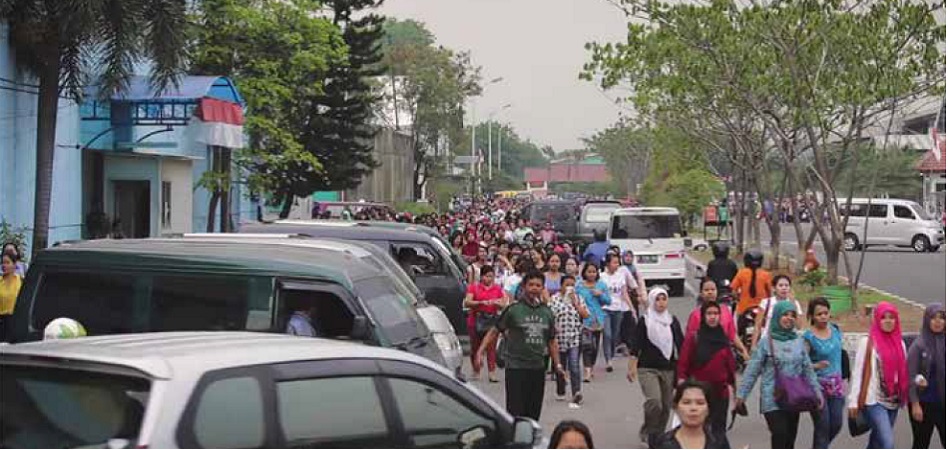
Indonesia
In Indonesia, not only they had to deal with order cancellations, but also with the lack of raw materials from China, on which depends between a 20% and a 50% of the materials. The report claims that 81,633 workers stopped earning 20.02 million dollars on wages, and 72% lost their job. In addition, 70% of them got into debt to cover basic needs.
Labour never recovered: in December they were still 17% below pre-crisis levels. Even so, 95% received assistance, most of it from the government, although Afwa describes it as “inadequate” to meet their basic needs.


info@themds.com
Validation policy for comments:
MDS does not perform prior verification for the publication of comments. However, to prevent anonymous comments from affecting the rights of third parties without the ability to reply, all comments require a valid email address, which won’t be visible or shared.
Enter your name and email address to be able to comment on this news: once you click on the link you will find within your verification email, your comment will be published.